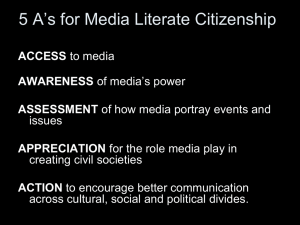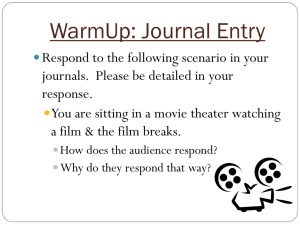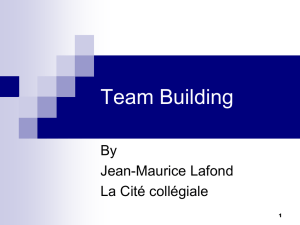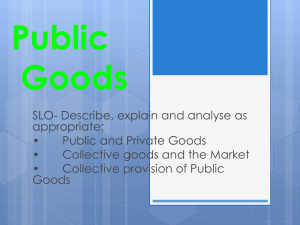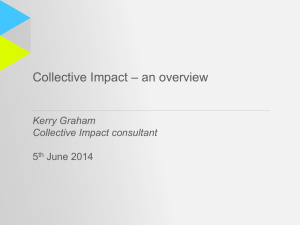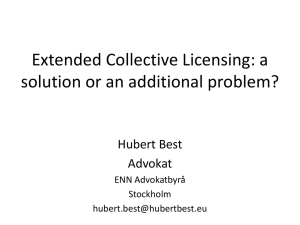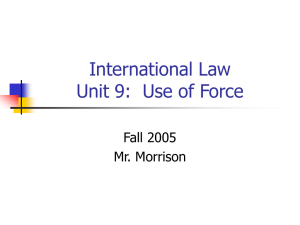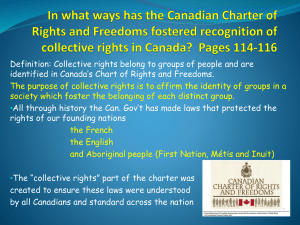Theoretical notions on cooperation for the provision of public goods
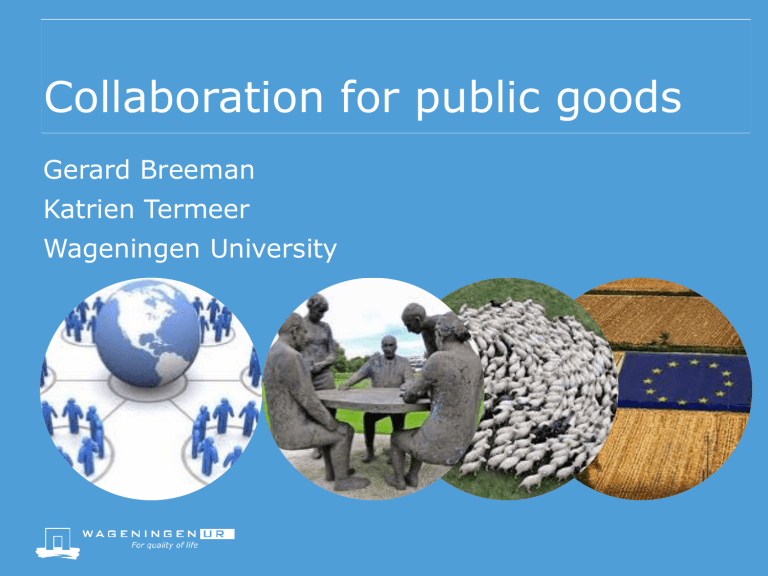
Collaboration for public goods
Gerard Breeman
Katrien Termeer
Wageningen University
Elinor Ostrom
Garrett Hardin
People can and do work together to manage common resources — grazing lands, forests, irrigation waters, fisheries— sustainably and equitably over the long term.
Debunks popular theories that resource management can only occur under the auspices of either “the state” or “the market.”
Public goods
Excludable Non excludable
Rivalrous
Non rivalrous
Private goods
- bread
Club goods
-cinema
Common goods/pool resources
-fish stocks
-fresh water
-timber
Public goods:
- Fresh air
- Water storage
- Landscape
- Biking routes
Eurovissers
Organizing collectives
2.
Negotiating with government
1.
Organizing trust and mandates 3.
Connecting with society
Robert Putnam
1. ORGANZING TRUST, MANDATES,
PRACTICALITIES
2 times collective trust
I trust you
I trust you
We trust you
We trust you
I trust you
We trust you
Why do farmers collaborate in collectives?
Underlying values: Pragmatics:
Autonomy
Social bonding
● We (collectiveness)
● Mutual trust
Spatial bonding (identity)
● Enduring connectedness
● Pride
● Unique
What’s in it for me? Let’s calculate..
Is this the right moment?
What about my neighbors?
Will it be successful?
Simply don’t like it
Ladder of collaboration in collectives
Acting as one collective
Implementing policies, controlling, paying
Contracting, transfer of responsibilities
Joint development of visions and activities
Mutual learning
Shared services
Interest representation collective
Acting as individual farmers
Design principles Ostrom
1.
Clearly defined boundaries
2.
Congruence between costs and benefits
3.
Flexible rules
4.
Monitoring
5.
Graduated sanctions
6.
Conflict-resolution mechanisms
7.
Minimal recognition of rights to organize by governments
8.
Nested enterprises
2. LINKING WITH GOVERNMENT
Collectives in heavily regulated policy fields
Schemes and Regulations: multilevel (EU, national, local); multi policy domains (agriculture, nature, climate, health etc.)
Constraints and advantages (e.g. payments)
Negotiation with governmental actors in order to create space for collective arrangements for the (self-) management of natural resources.
Politics of self governance
Ladder of self governance
Collective (C) in the steering seat
Devolution of responsibilities/resources
C implements elements/ strict frameworks
Joint development of visions and activities
C assists G fine-tuning regulations
C provides information to G
Government (G) in the steering seat government
Politics of self governance
Two steps
● Public authorities approve a form of selfgovernance
● Developing a set of arrangements that will enable the devolution of the obligations and objectives of the policy-makers to the self-governing community, and that will ensure that policy goals are safeguarded
Relational contracting: shared understandings underpin the contract, focus on preserving the relationship
Leadership from the site of the government and the collective
Selfgoverning collective
Devolution of governmental responsibilities
3. CONNECTING WITH SOCIETAL ACTORS
Connecting strategies
Organizing trust and mandates
Licence to produce
Communication
New connections
Social media
Farmers, beer and water
Pitfalls and opportunities
Organizing trust and mandates
Connecting with society
Negotiating with government



